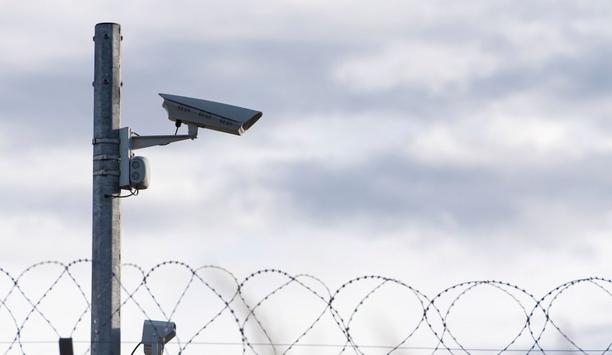 |
| Ostrava’s traffic camera system makes it possible to monitor the current traffic situation |
Ostrava underwent a load test of its transport infrastructure in 2004, when the city hosted the ice hockey world championships. The experience proved that it was necessary to improve the control of the traffic in the city, to coordinate the individual components of the integrated emergency system and to protect public order. Therefore, the city set forth the task of designing a new camera system providing accurate and up-to-the- minute information about the traffic situation.
Solution
The Municipal Traffic Camera System (hereinafter the MTCS) in Ostrava is based on the metropolitan network of the provider, i.e. Ovanet a.s., using optical cables with extremely high transmission speed. The MTCS footage is provided by several revolving or stationary Axis IP cameras situated at each junction. The image data from these network cameras are transferred by a data cable to a network switch; the cameras at each junction comprise a small network which is linked directly to the metropolitan network.
This network then carries the images from the cameras to the central controlling and database servers located in Ovanet a.s. technological centres, where they can be managed and archived, and to the individual dispatching centres. The system uses Genetec Omnicast as the controlling software.
Result
The system has never ceased to expand since the preparations and implementation commenced in 2004 and currently features nearly 300 cameras. The MTCS covers 59 junctions in Ostrava, i.e. most of the traffic nodes in the city. “Our experience proves that this camera system is a considerable improvement of the organisation of the traffic in the city and of road safety,” said Roman Ciesla, project manager of Ovanet. “The digital technology employed in the system is on a par with that used in modern European cities and will enable the interconnection of all camera systems in Ostrava on a single network platform.”
How the traffic cameras help the city
Ostrava’s traffic camera system makes it possible to monitor the current traffic situation and to inspect interventions with the traffic lights in retrospect. It provides sufficient information for dealing with unexpected situations or controlling the traffic during major sporting or social events. It also enables visual assessment of the efficiency of traffic control and analyses recordings of selected traffic situations. In this way it considerably increases road safety. Further crucial tasks of the traffic camera system include the support of the management of interventions and coordination of the components of the integrated emergency system.
However, the system also serves the broad public in that the provider’s web site offers information to e.g. public transport companies, road management bodies, traffic information providers and individuals.
Safe and open to the public
“Our experience proves that this camera system is a considerable improvement of the organisation of the traffic in the city and of road safety" |
The MTCS puts a great emphasis on security and personal data protection: the access from individual dispatching centres is set strictly to match real needs and to comply with applicable legislation.
The MTCS also features a digital archive (data storage centre) where footage from all cameras is stored for at least 1 month. The live coverage is also publicly accessible, in a lower quality, on the OVANET a.s. website www.ovanet.cz. Images are used by certain regional television broadcasters and websites providing information about real-time traffic situations.
Progressive technology for the city’s future
The system involves several types of Axis network cameras (AXIS P1346, AXIS P5534 and AXIS Q6032). These cameras were selected on the basis of experience with the operation of the MTCS, which has led to modifications of the technology used. Axis cameras were chosen because they met the most stringent requirements including high quality images even in poor lighting conditions and support of data transfer in H.264 mode, which reduces the load of the transmission network.
The digital technologies underpinning the MTCS enabled launching new analytic applications such as measuring the speed of vehicles in selected sections of roads, monitoring vehicles going through red lights, searching for stolen vehicles, traffic statistics and much more. The MTCS concept has been designed with regard to the future: It is the basis for the building of a unified platform of camera systems in the city of Ostrava and an integrated platform for other camera systems such as those monitoring public order in selected locations of Ostrava.


















